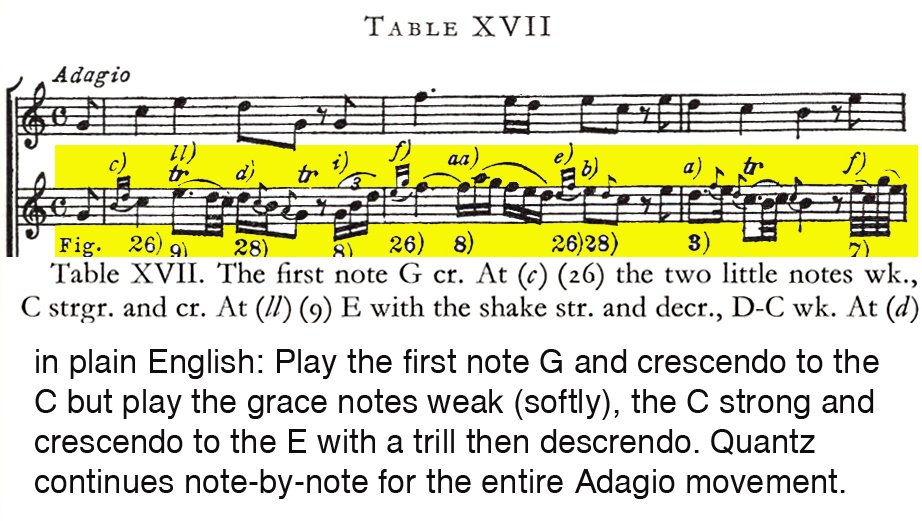Dynamics
With this fifth post I continue to build on the knowledge and examples of my past posts, you might check them out for background material.
Musical/Sonic dynamics embrace the range of audio volume (amplitude) from imperceptibly soft to excruciatingly loud. Like control voltages, you are only as expressive as your dynamic range.
What is the use of dynamics?
As any actor, teacher or composer knows: dynamics are an effective way of getting an audience’s attention. A whispered phrase makes the audience lean in and engages their attention intimately. A SHOUT, whether from joy or anger, startles the listener into attention. While these examples define the extremes, the middle ground is huge and with careful modulation can keep the listener’s interest indefinitely.
A large dynamic range is the hallmark of acoustical music, i.e. an orchestral piece that might traverse the entire range. Sequenced dance music, not so much: it seems to remain at fairly constant dynamic range. But then, dance music uses this static dynamic coupled with a steady beat to entrain the brain to give up its endorphins for the classic euphoric state of mind. More on entrainment and endorphins at another time J
Let’s look at a sonogram of the dynamic range of a 2 minute excerpt of an orchestral piece:
And now a dance sonogram:
Yes, I know I am being woefully reductionist in my comparison (and I personally love both the Lutoslawski orchestral piece and the Underworld dance piece), but the point I am making is that different styles use different dynamic fingerprints. A fun game is to go to soundcloud and try to imagine what the music might sound like just from its little graphic sonogram.
Let’s look deeper into the dynamic ranges of a couple of classic electronic music pieces:
1) Silver Apples of the Moon (Part 1- 16’40”) by Morton Subotnick (1967):
And to see just how dynamic the piece begins: here is just the first 39 seconds. You’ll notice is starts softly and then there is a dramatic jump shift in both dynamics and texture at 18″
and take a listen:
2) Let’s now look and listen to the first 47 seconds of Kontakte I by Karlheinz Stockhausen (1959-60)
Take a listen:
Stockhausen is using an amazingly large dynamic range coupled with strategic silences.
So why am I taking us down this path? It is totally selfish, I find that often my “default” position is to let the Buchla just pump out a static dynamic, or at best, fade something in or fade something out. I think I could pay more attention to sculpting my pieces with dynamics.
The way to shape with dynamics in the Buchla Paradigm is, of course, with the Quad Dynamics Manager 292e. Coupled with the 223e you can achieve a huge dynamic range at your fingertips. Here is short video describing what I am talking about with the 223e:
And here is short video using CV envelopes to control dynamics:
I hope these musings provide food for thought and experimentation. Questions and comments always invited. . .
And one quick sidebar: I’ve always been fascinated with the dynamic subtly and detail of the Baroque composer J.J.Quantz, a contemporary of J.S.Bach’s. He wrote a book On How to Play the Flute (1750) in which he gives very specific instructions for the note-by-note dynamic changes necessary to evoke a passionate performance that connects with the listener. Here is an example:
What I find striking is that this detailed description from the 18th century is very similar to the “dynamic” instructions on the RCA Mark II Sound Synthesizer at the Columbia-Princeton Electronic Music Center from 1957! See the lines marked “volume”:
Here the first note begins at a volume of “0” and crescendos to “11” (pre-Spinal Tap), the next note begins at “10” and decrescendos to ‘3″ etc.






